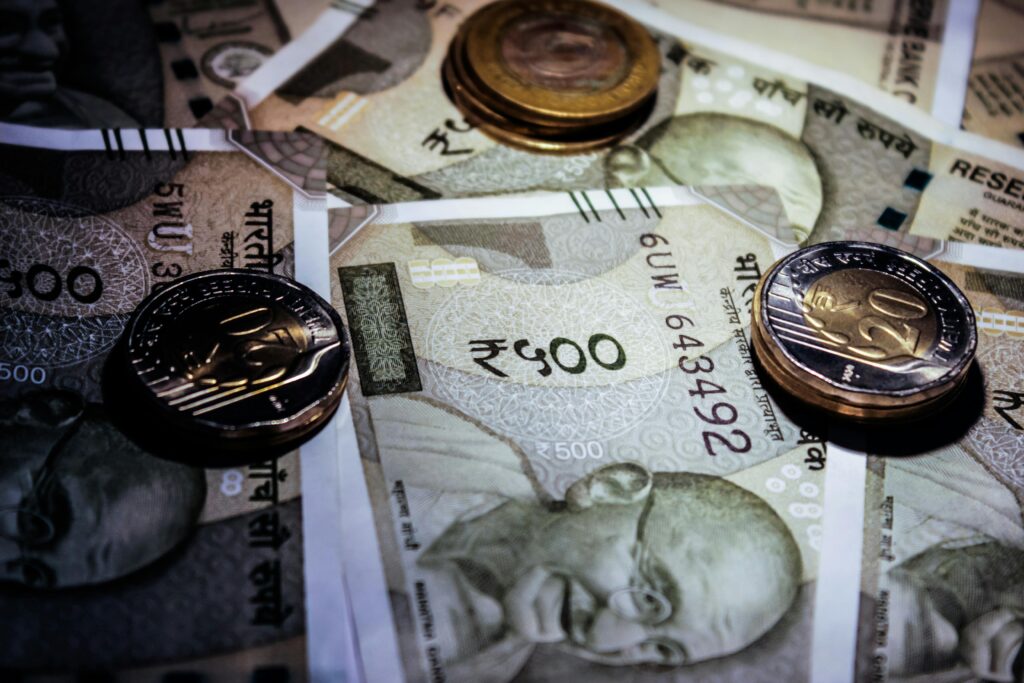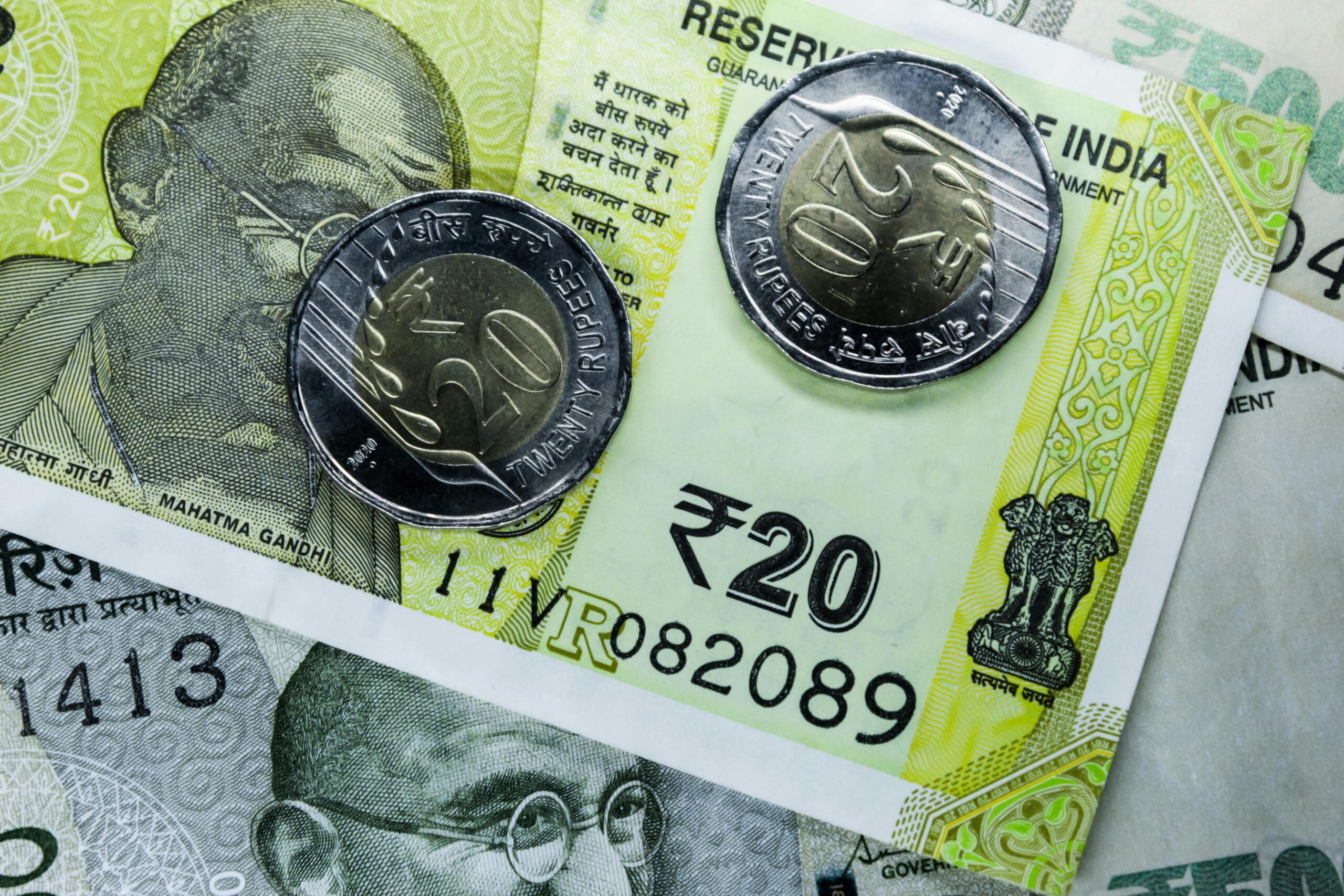Contents
- 1 Worldwide Currencies Deciphered: A List with Values in Rupees
- 2 World currency list with values in indian rupees intro
- 3 Introduction to Currency Conversion
- 4 The Role of the Indian Rupee in Global Economy
- 5 Top 5 Currencies Compared to the Rupee
- 6 World currency list with indian rupee
- 7 Middle Eastern Currencies: A Rupee Perspective
- 8 Understanding Exchange Rate Trends
- 9 Practical Applications: Using This Information
Worldwide Currencies Deciphered: A List with Values in Rupees
World currency list with values in indian rupees intro
Are you fascinated by the different currencies used around the world? Do you find yourself wondering how much a certain amount of money in your country’s currency would be worth in another country? Look no further, as we have compiled a comprehensive list of world currencies with their values in Indian rupees. From the US Dollar to the Japanese Yen, from the Euro to the British Pound, our list covers all major currencies used in international trade and travel. ‘world currency list with values in indian rupees‘
With the ever-changing global economy, it’s important to stay updated on the value of different currencies, especially if you are planning to travel or invest abroad. Our list provides an easy reference for converting different currencies into Indian rupees, making it convenient for you to plan your budget or make informed financial decisions. So whether you’re a curious traveler, an avid investor, or simply interested in learning about different currencies, our world currency list with values in rupees is a must-have resource for you. Stay tuned for more informative posts on currencies and their values around the world.
Introduction to Currency Conversion
Currency conversion is the process of exchanging one country’s currency for another, enabling international trade and finance. It involves determining the rate at which two currencies can be exchanged, known as the exchange rate. This rate fluctuates constantly due to factors such as inflation, interest rates, and geopolitical events, making it essential for those involved in international activities to have a basic understanding of how currency conversion works.
By knowing how to convert currencies, individuals and businesses can make more informed decisions regarding foreign investments, travel, and purchasing goods and services from abroad. It’s a critical skill for navigating the complexities of the global economy, allowing one to evaluate the real value of foreign currencies in terms of their own currency – in this case, the Indian Rupee.
Understanding currency conversion is not just about knowing the mathematical process but also understanding the economic indicators that affect exchange rates. This knowledge is invaluable for anyone looking to engage with the world market, ensuring they can anticipate and respond to the ever-changing value of currencies worldwide.
The Role of the Indian Rupee in Global Economy
The Indian Rupee (INR) holds a significant position in the global economy, reflective of India’s standing as a burgeoning economic powerhouse. As one of the most traded currencies in the world, the Rupee’s value against other currencies is a vital indicator of India’s economic health and its interconnectedness with global markets. The inclusion of the Rupee in any world currency list with values in Rupees underscores the currency’s importance in not just regional, but global trade and finance.
India’s expansive market and its role as a major player in sectors like information technology, pharmaceuticals, and textiles contribute to the Rupee’s prominence. Additionally, remittances from the vast Indian diaspora also impact the Rupee’s value and, consequently, its position in the global economy.
Understanding the Rupee’s role is crucial for investors and businesses looking to engage with India’s market, offering insights into the country’s economic trends and potential investment opportunities. The Rupee’s exchange rate movements against major and emerging market currencies provide a snapshot of India’s economic resilience and its responsiveness to both domestic and international events, highlighting the dynamic nature of its contribution to the global economy.
Top 5 Currencies Compared to the Rupee
Navigating the world currency list with values in rupees offers an intriguing insight into the global economic hierarchy. The top five currencies when compared to the Indian Rupee provide a lens through which we can observe the fluctuations and strengths of economies worldwide.
The US Dollar (USD), often considered the backbone of international finance, tends to have a higher value compared to the Rupee, reflecting the USD’s global demand. The Euro (EUR), uniting multiple European countries under a single currency, also stands strong against the Rupee, showcasing Europe’s economic stability and strength.
The British Pound (GBP), with its historic prominence, commands a significant exchange rate, highlighting the UK’s financial influence. The Japanese Yen (JPY), despite being physically one of the smallest currencies, carries considerable weight in the global market due to Japan’s economic prowess. Lastly, the Swiss Franc (CHF), known for its stability, has a high value when converted to Rupees, underscoring Switzerland’s economic health and banking sector strength. Each currency’s value against the Rupee not only provides a snapshot of individual economic standings but also offers a broader view of global financial trends.
World currency list with indian rupee
Emerging market currencies offer a fascinating glimpse into the economic dynamics of developing nations and their value against the Indian Rupee provides unique insights into their economic standing on the world stage. Delving into the world currency list with values in rupees, currencies like the South African Rand (ZAR), Brazilian Real (BRL), Russian Ruble (RUB), Turkish Lira (TRY), and the Mexican Peso (MXN) demonstrate the diverse economic landscapes of emerging markets.
For instance, the South African Rand showcases the country’s rich mineral resources and their impact on its economy. Meanwhile, the Brazilian Real reflects Brazil’s agricultural and energy sector strengths. The Russian Ruble’s value against the Rupee underscores Russia’s vast natural resources and energy exports. The Turkish Lira reveals the country’s strategic positioning as a bridge between Europe and Asia, impacting its economic relations. Lastly, the Mexican Peso illustrates Mexico’s strong manufacturing sector and trade ties, particularly with the United States.
Understanding the value of these emerging market currencies in Indian Rupees not only highlights the economic potentials and challenges faced by these nations but also aids in identifying opportunities for trade, investment, and financial forecasting in a global context.
Middle Eastern Currencies: A Rupee Perspective
Exploring Middle Eastern currencies through the prism of their value in Indian Rupees provides a unique vantage point on the economic landscapes of this geopolitically significant region. The United Arab Emirates Dirham (AED) and the Saudi Riyal (SAR) are paramount examples, closely tied to the health of the global oil market, reflecting the economic sway held by these oil-rich nations. The value of these currencies against the Rupee underscores the intricate economic ties between India and the Gulf Cooperation Council (GCC) countries, highlighting the robust trade relations, especially in energy imports and remittances from the Indian workforce abroad.
Another currency of note is the Israeli New Shekel (ILS), which signifies the technological and industrial strength of Israel, offering insights into the innovation-driven economy of the nation. Additionally, the Kuwaiti Dinar (KWD), often cited among the strongest currencies in the world, provides a perspective on Kuwait’s economic stability and its significant role in the global oil market. Understanding the value of Middle Eastern currencies in Rupees not only sheds light on the economic dynamics within the region but also illuminates the broader implications of energy markets and labor mobility on the global economic landscape.
Understanding Exchange Rate Trends
Exchange rate trends are pivotal for grasping the nuances of global economics, acting as a barometer for a country’s economic health. These trends are influenced by a myriad of factors including inflation rates, interest rates, current account deficits, public debt, political stability, and overall economic performance. For instance, a country with a stable political environment and a growing economy may see its currency appreciate against others. Conversely, nations grappling with high inflation or political unrest may witness their currency’s value decline. Additionally, central banks play a crucial role in shaping exchange rate trends through monetary policy decisions, such as altering interest rates or engaging in quantitative easing.
These actions directly impact exchange rates by either making a currency more attractive to investors or diminishing its appeal. Understanding these trends is crucial for anyone involved in international finance or trade, as they affect investment returns, pricing strategies, and financial planning. Recognizing the underlying factors that influence exchange rate movements can provide valuable insights, enabling individuals and businesses to make informed decisions in a globally interconnected economy.
Practical Applications: Using This Information
The knowledge of world currency values in rupees can be leveraged in various practical scenarios, enhancing one’s financial acumen and decision-making. For travelers, this information allows for precise budgeting and expense management when visiting foreign countries. Investors and businesses can use these insights to assess potential returns on international investments or costs of importing goods, mitigating currency risk in the process. Additionally, individuals sending remittances abroad can choose the most economically favorable times, maximizing the value sent home.
For students and educators, understanding currency conversion and its implications provides a real-world context to economic theories and global finance. Lastly, anyone engaged in online shopping from international platforms can better evaluate deals and avoid overpaying due to currency conversion charges. By applying this currency knowledge, one can navigate the global economy more effectively, making informed choices that safeguard personal and professional financial interests.

stock market tomorrow open predictions
